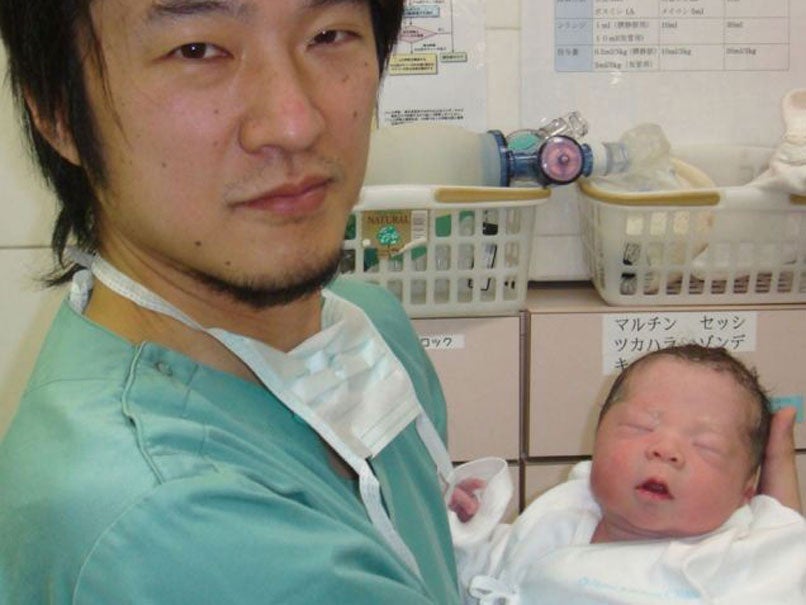Baby born after infertile woman has ovaries 'reawakened'

A previously infertile woman has given birth to a healthy baby, after scientists discovered a way to beat the menopause by inducing ovaries to produce eggs.
The 30-year-old woman gave birth to a son in Tokyo last December and another woman is also now pregnant using the same technique. Researchers in the US and Japan believe it could offer new hope to women who run out of eggs early in life, in findings described as a "game changer".
The study, reported in the Proceedings of the National Academy of Sciences used 27 female participants who had been diagnosed with primary ovarian insufficiency, an uncommon form of infertility sometimes referred to as early menopause.
It appears in approximately 1 in 100 women of a child-bearing age. The cause of most cases is unknown, but the outcome is that the ovary has trouble producing eggs.
A US team based at Stanford University and a team of researchers from the St Marianna University School of Medicine in Japan, worked to activate the few remaining follicles - eggs in the ovaries which are not fully formed.
They removed the ovaries from the women and applied two techniques to 'wake up' the dormant follicles.
First, the women's ovaries were cut into strips, which were frozen. Later the strips were thawed and cut into tiny cubes, a step intended to stimulate maturation of the follicles.
Then the cubes were treated with drugs to encourage further development of the follicles. Cubes were then transplanted just under the surface of the women's fallopian tubes.
Within six months, eight women showed signs of follicle maturation, and five of them produced eggs for fertilization in the lab with their husbands' sperm. The fertilized eggs were grown into early embryos, which were frozen for preservation.
Dr. Kazuhiro Kawamura of the St. Marianna University School of Medicine said the woman and her child were both in good health.
After the experimental procedure, Kawamura and colleagues were able to recover eggs from five of their 27 patients. One woman went on to have a miscarriage, one did not get pregnant, and two more have not yet attempted pregnancy.
Aaron Hsueh of Stanford University, senior author of the study, said researchers found that half the 27 patients had no follicles at all, which meant the treatment could not help them and needed to be developed further.
Speaking to the BBC, Prof Hsueh said: “It has to be improved to figure out the best way to do it, but we estimate it could help 25 to 30% of the women.
“We think it could help in two other forms of infertility. Cancer survivors after chemotherapy or radiotherapy; if there's any follicles left there's a chance this will help."
Kawamura released a photo of himself holding the newborn shortly the child's delivery. He said the mother hopes to have another child using the same technique.
Join our commenting forum
Join thought-provoking conversations, follow other Independent readers and see their replies
Comments